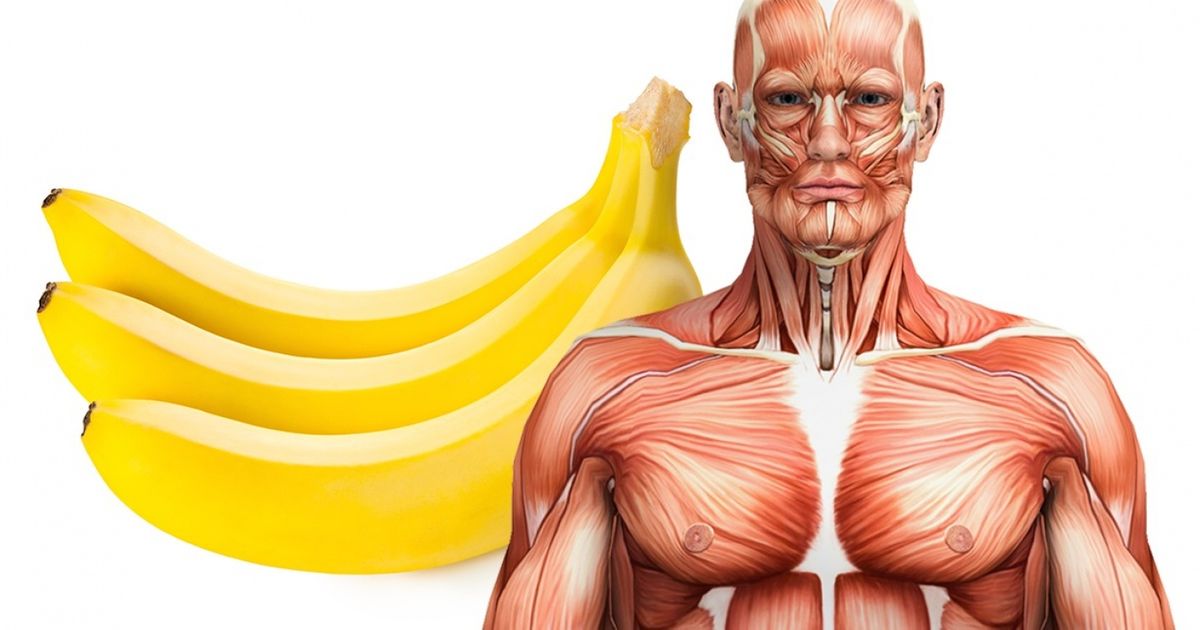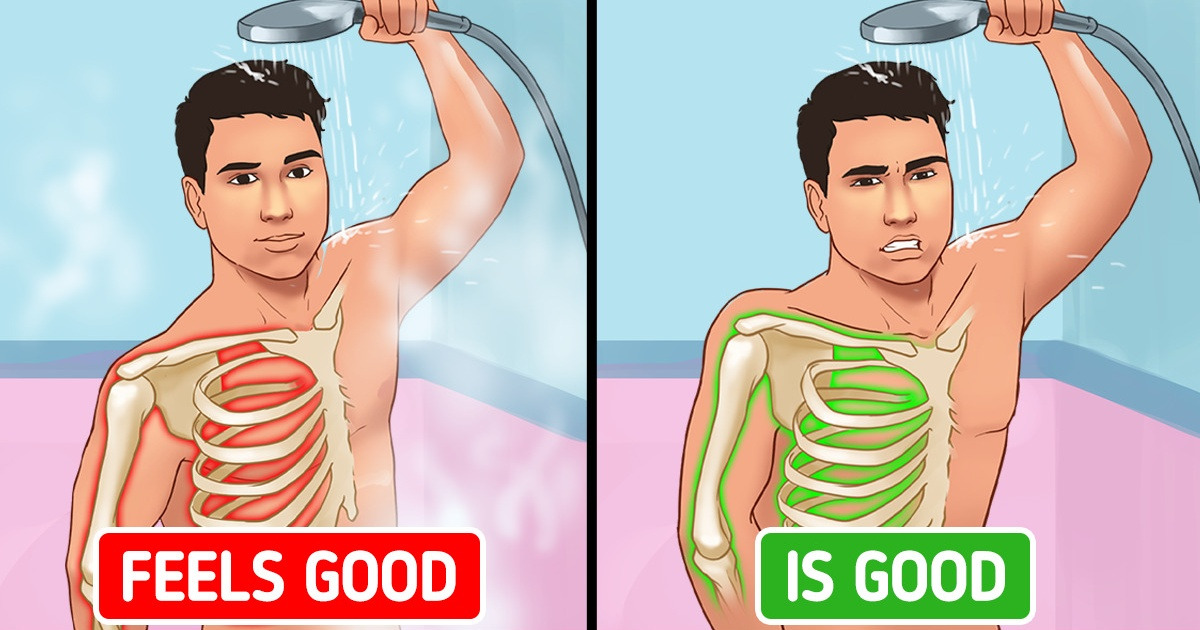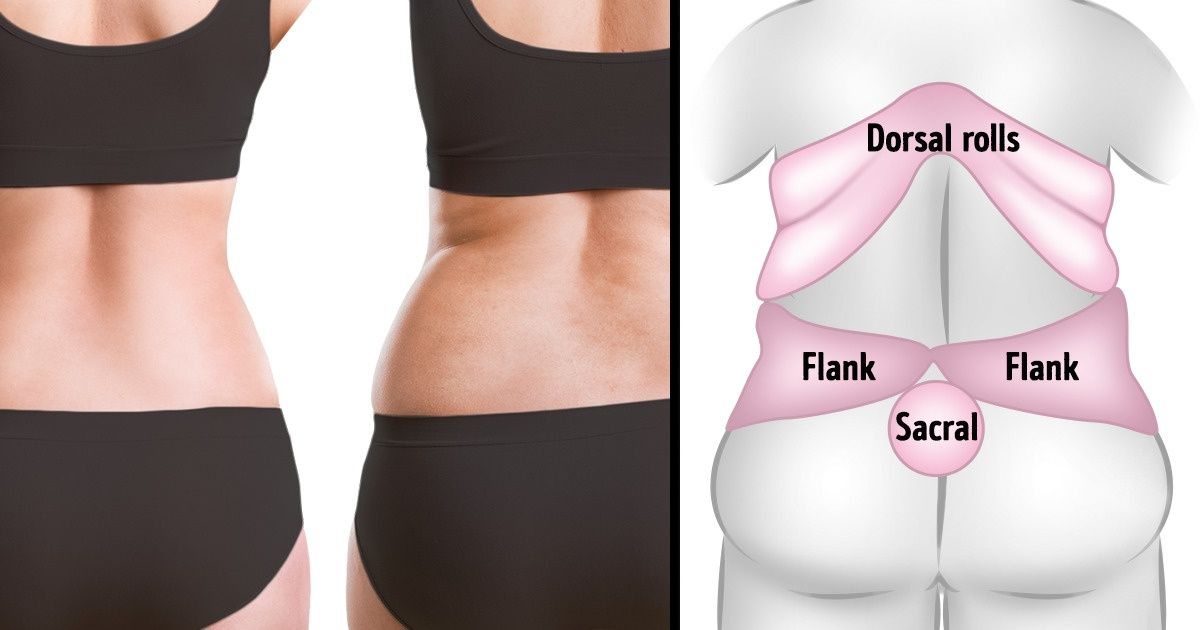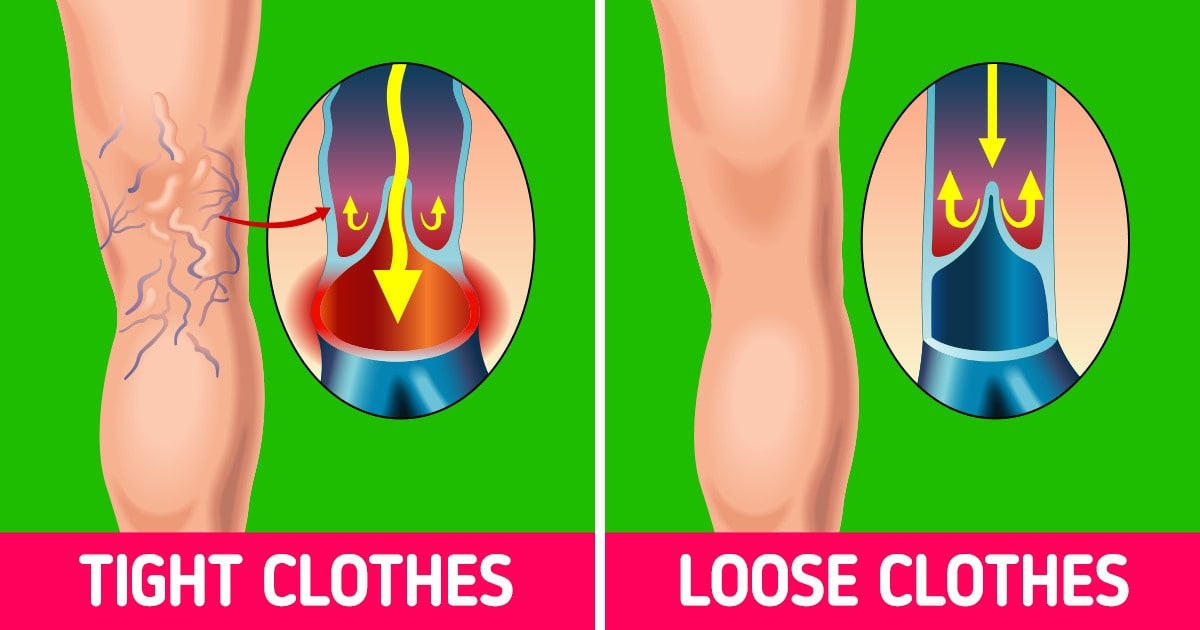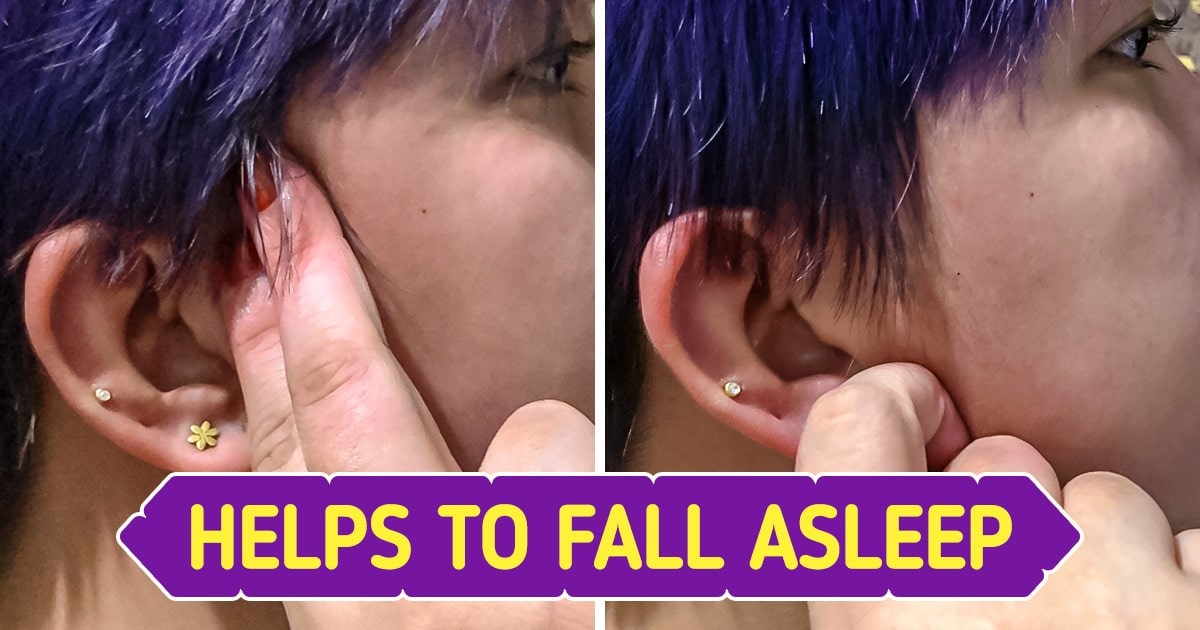Many of us have experienced a sudden, stabbing pain in the chest that seems to come out of nowhere. While the sensation can be alarming, it’s important to understand that not all chest pain signals a life-threatening condition. One common explanation is Precordial Catch Syndrome (PCS)—a benign condition that, although uncomfortable, is typically harmless. In this article, we’ll explore PCS in depth, examine its causes, discuss how to distinguish between benign and serious chest pain, and offer practical advice on managing these episodes.
Understanding Precordial Catch Syndrome: What You Need to Know

Precordial Catch Syndrome is a condition characterized by a sudden, sharp pain in the chest, usually lasting only a few seconds to a few minutes. This condition most commonly affects children and adolescents, although adults may also experience it from time to time. Despite its intense and sometimes worrisome nature, PCS is considered benign.
Key Characteristics of Precordial Catch Syndrome
- Sudden Onset: The pain appears unexpectedly, often when you’re at rest.
- Localized Sensation: The discomfort is usually confined to a small area of the chest, most often on the left side.
- Short Duration: Most episodes last only seconds to a couple of minutes.
- Non-Exertional: The pain typically isn’t triggered by physical activity or exercise.
Many people search for terms like “sudden chest pain in children” or “benign chest pain causes” when they experience these symptoms. Understanding that PCS is a temporary condition can help ease anxiety, especially when worried about heart-related issues.
For additional reliable information, consider checking out health resources like Mayo Clinic and WebMD.
What Causes It? Exploring the Root Causes of Chest Pain
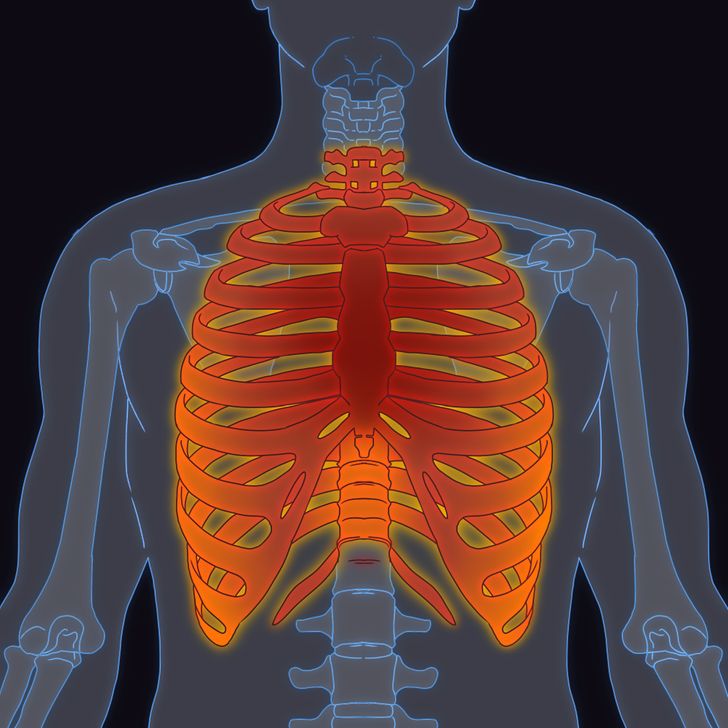
One of the most common concerns when experiencing chest pain is understanding its underlying cause. In the case of Precordial Catch Syndrome, the exact reason isn’t completely clear, but several theories exist:
Potential Causes Behind the Stabbing Sensation
- Irritation of Intercostal Nerves:
The nerves running between the ribs might become temporarily irritated or compressed, leading to a sharp, localized pain. This nerve irritation is typically harmless and resolves on its own. - Muscular Spasms:
Small spasms in the muscles of the chest wall can produce a stabbing sensation. These spasms are often brief and are not associated with any serious cardiac condition. - Rapid Breathing or Sudden Postural Changes:
Abrupt changes in posture or episodes of rapid, shallow breathing may contribute to chest discomfort. Often, these symptoms are mistaken for more serious conditions, heightening anxiety unnecessarily. - Referred Pain:
In rare cases, pain from other areas such as the lungs or gastrointestinal tract can be felt in the chest, although this is not typical in PCS.
It is important to recognize that while these factors can trigger chest pain, they differ significantly from pain related to heart conditions.
If you experience prolonged or severe chest pain—especially if it’s accompanied by shortness of breath, dizziness, or pain that radiates to your arm or jaw—it is critical to seek immediate medical attention.
For more detailed insights into these causes, check out expert resources at Harvard Health Publishing and Healthline.
A Distressing Nuisance: Differentiating Benign and Serious Chest Pain

While Precordial Catch Syndrome is generally harmless, the sudden, sharp pain can understandably create worry. It’s essential to differentiate between benign chest pain and pain that may signal a more serious issue.
How to Tell the Difference
- Duration and Frequency:
Benign chest pain like PCS is typically short-lived and sporadic. In contrast, chest pain associated with cardiac issues tends to be more persistent and may worsen with physical activity. - Associated Symptoms:
Serious cardiac pain often comes with additional symptoms such as shortness of breath, sweating, nausea, or pain that radiates to the arm, neck, or jaw. PCS, on the other hand, generally occurs in isolation without these extra warning signs. - Demographics:
Precordial Catch Syndrome is most common in younger individuals. While adults can experience it, persistent or worsening chest pain in this group should always be evaluated thoroughly for possible heart or lung conditions. - Response to Movement:
The pain from PCS often diminishes or disappears when you change your position or take a deep breath. In contrast, pain related to heart conditions usually does not improve with simple adjustments.
Many people use search queries like “benign chest pain vs. heart attack” or “how to tell if chest pain is serious” to gather more information. If you’re ever in doubt about the nature of your chest pain, consulting a healthcare provider is always the best course of action.
For further guidance, the American Heart Association provides comprehensive information on recognizing and responding to cardiac symptoms.
How To Help: Managing and Preventing Chest Pain Discomfort

Even though Precordial Catch Syndrome does not typically require specific medical treatment, there are several strategies you can adopt to manage the discomfort and reduce the frequency of these episodes.
Practical Strategies for Managing Chest Pain
- Practice Relaxation Techniques:
Stress and anxiety can sometimes exacerbate chest pain. Techniques such as deep breathing, meditation, and yoga can help calm your mind and reduce the intensity of pain episodes. Searching for “stress reduction for chest pain” or “yoga for heart health” can yield useful tips and exercises. - Maintain Good Posture:
Paying attention to your posture, especially during long periods of sitting or physical activity, can help alleviate undue pressure on your chest muscles and nerves. Simple adjustments may reduce the likelihood of triggering pain. - Use Warm Compresses:
Applying a warm compress to the affected area can help relax tight muscles and soothe discomfort. This simple home remedy is a popular recommendation for relieving minor muscular pain. - Over-the-Counter Pain Relief:
If the pain is particularly bothersome, a mild over-the-counter pain reliever such as ibuprofen or acetaminophen might help. However, it’s important to consult with a healthcare professional before taking any medication, especially if you have other health concerns. - Regular Exercise:
Engaging in regular, moderate exercise can improve overall cardiovascular health and help reduce stress-related triggers. If chest pain occurs during physical activity, however, you should seek medical advice before continuing with your exercise routine. - Healthy Diet and Hydration:
A balanced diet rich in antioxidants and omega-3 fatty acids can support heart health. Staying well-hydrated and maintaining a nutritious diet can improve your body’s resilience against pain triggers.
These self-care tips are designed primarily to alleviate the discomfort associated with PCS. However, if your chest pain persists or worsens, it’s essential to seek professional medical advice immediately.
For more lifestyle and health tips, the Cleveland Clinic offers a wide range of resources on managing chest pain and improving overall heart health.
Detecting the Cause: When to Seek Medical Attention
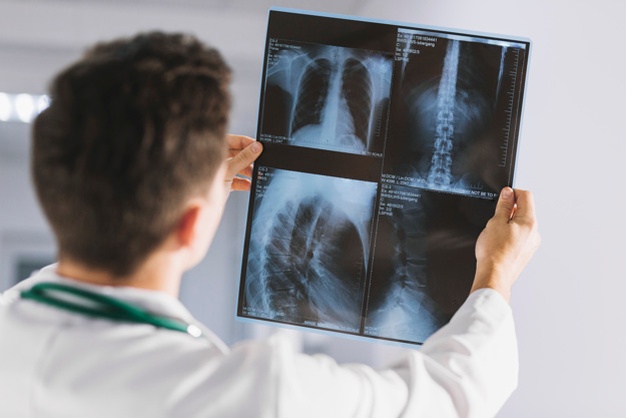
Even if you suspect that your chest pain might be due to Precordial Catch Syndrome, knowing when to consult a healthcare provider is crucial. Early diagnosis can help rule out more serious conditions.
Steps to Detect the Root Cause of Chest Pain
- Monitor Your Symptoms:
Keeping a detailed record of your chest pain episodes—including duration, intensity, triggers, and any associated symptoms—can provide valuable insights for your doctor. - Recognize Warning Signs:
Chest pain accompanied by symptoms such as shortness of breath, sweating, or pain radiating to the arm or jaw warrants immediate medical attention. These warning signs may indicate a heart attack or other serious cardiac conditions. - Consult with a Healthcare Professional:
If you’re unsure about the nature of your chest pain, scheduling an appointment with your doctor is important. They may perform diagnostic tests such as an electrocardiogram (ECG), chest X-ray, or blood tests to rule out serious conditions. - Undergo Specialized Testing:
If initial tests suggest a potential cardiac issue, your doctor may recommend further evaluations such as a stress test or echocardiogram. These tests are vital for ensuring that the chest pain is not related to heart disease. - Follow-Up and Regular Check-Ups:
Even if your chest pain is diagnosed as benign, it’s wise to continue regular health check-ups. Consistent monitoring can help catch any changes in your condition early.
Using search terms like “when to see a doctor for chest pain” or “chest pain diagnostic tests” can provide additional context and assurance. Early detection and diagnosis are key to preventing potential complications.
For more detailed information on cardiac testing and diagnosis, consider visiting the National Institutes of Health (NIH) website.
Conclusion: Taking Control of Your Heart Health
Understanding the sudden, stabbing chest pain you sometimes feel is a crucial step toward effective health management. While Precordial Catch Syndrome is generally a benign condition, differentiating it from more serious cardiac issues is essential for peace of mind and proper treatment.
By incorporating stress reduction techniques, maintaining a healthy lifestyle, and knowing when to seek medical advice, you can manage your chest pain and protect your heart health. Remember, the information provided here is for educational purposes and should not replace professional medical advice. If you ever experience persistent or worsening chest pain, consult a healthcare provider immediately.
For additional insights and expert advice, trusted sources like the Mayo Clinic, American Heart Association, and Cleveland Clinic are excellent resources to help you stay informed.
Empower yourself with knowledge and proactive care. By understanding your body’s signals and taking appropriate action, you can reduce anxiety and safeguard your overall well-being.
